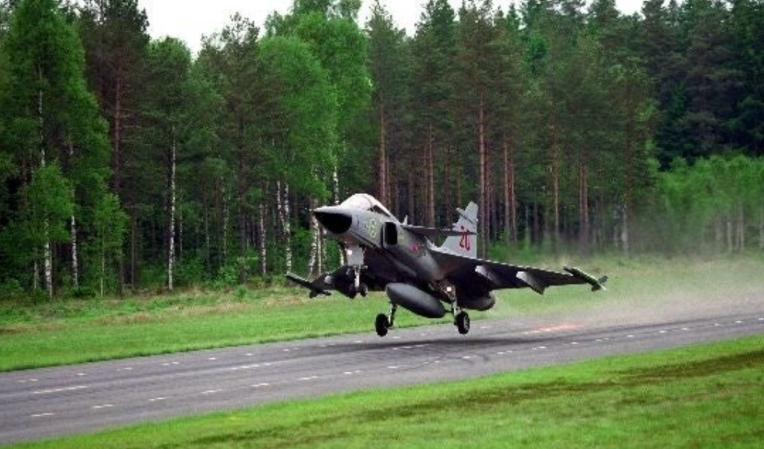There’s nothing like a trial-by-combat to see if a new weapon is really worth its salt, so Russia has been using the Syrian Civil War to test out a lot of its new military technology.
In 2015, Russia’s Klub cruise missile made its combat debut, and Moscow has sent some of its most advanced planes to the war — including the Su-34 Fullback, the Su-35 Flanker, and the Tu-160 Blackjack — to carry out missions in support of Bashir al-Assad’s regime.

(Photo from ausairpower.net)
Now, it looks like the Russians are including the R-77 air-to-air missile among the systems being used in what has become an operational testing ground. The missiles have been seen on Syrian Air Force MiG-29 Fulcrums, a fighter that the Soviets and Russians have exported to a number of countries in the region.
The R-77 — also known as the AA-12 “Adder,” or “AMRAAMski” — is an active-homing radar-guided missile. It’s comparable to the earlier versions of the U.S.-made AIM-120 Advanced Medium Range Air-to-Air Missile. The Adder has a range of roughly 70 miles, and a top speed in excess of Mach 4. The Adder can be carried by just about any Russian aircraft, from the Su-35 Flanker to the Mig-21 Fishbed. It entered service in 1994.
The AIM-120 AMRAAM has a top speed of Mach 4, and entered service in 1991, although it was being delivered as early as 1988. Early versions of the missile had a range of 45 miles, but the latest variant has a range of over 100 miles. The AMRAAM has been mounted on a wide variety of combat aircraft, including upgraded F-5s for the Singaporean Air Force; the F-22; the F-35; the Tornado F.3; the JAS.39 Gripen; F/A-18 Hornets and Super Hornets; and even the Eurofighter Typhoon.
Russia’s move to improve its air-to-air capability is certainly intended to stymie any U.S.-led contingency plan of creating a no-fly zone over the war-torn region.










